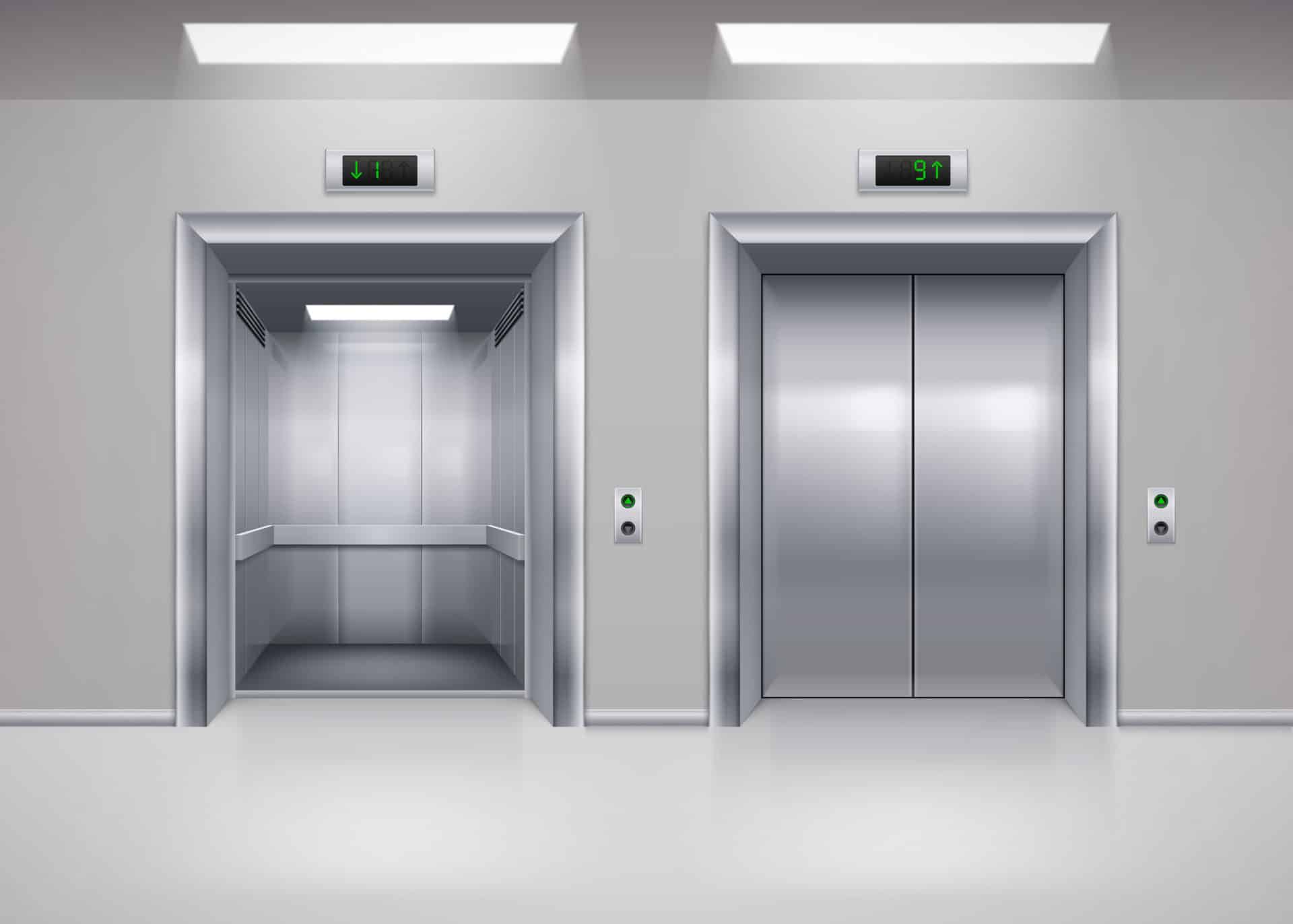Free Consultation
Free Consultation

Elevators are a major convenience, especially in New York. When things go wrong with elevators, though, the results can be devastating.
Recently, an employee at a Hell’s Kitchen supermarket was killed in a tragic freight elevator accident. She had been loading the freight elevator when it started to move, causing severe injuries that ultimately lead to her death.
According to the Consumer Product Safety Commission, thousands of people are injured by elevators each year. So how does this happen and when things go bad, who is to blame? Read on to find out more.
Elevators are commonplace, but they’re actually powerful machines that can cause serious injuries and even death. Every single year, around 17,000 people are injured by elevators and about 30 of them die.
The causes of elevator accidents vary, but the most common causes include misleveling, over speed, defects in the sliding doors, and falls.
Many elevator lawsuits are brought about as a result of misleveling. This is when the elevator fails to stop at the same level as the floor it’s taking you to. If you live in an older apartment building, then this may be common to the older brake-controlled elevators in those buildings.
Today, hydraulic elevators are more common and do not use brakes to stop, but misleveling can still occur if there’s an issue with low oil or valve leakage on the elevator.
Another common cause of elevator injuries is when an elevator moves suddenly at an excessive speed that throws passengers to the floor or against the walls, resulting in injury. Most of the time, this is an issue that results from the malfunction of counterweights or control systems that fail to detect the over-speed conditions and correct them.
Defective doors also play a role in elevator injuries. A passenger can get injured or stuck in an elevator door that closes on them due to a malfunction of protective devices that are supposed to stop the door when someone is entering or exiting the elevator. Also, if doors aren’t properly adjusted and the closing speed is too fast, then they can strike and injure elevator passengers.
When an elevator has defective or inoperable door interlocks, then a passenger is at risk for falling into the shaft of the elevator, and for sustaining serious injuries or may even be killed.
If you are injured in an accident involving an elevator, then it’s important to seek help from an experienced attorney who can work to prove negligence on the operator of the elevator, the manufacturer, or another party that may have been at fault.
How is fault proven? According to New York law, negligence must be proven through these four criteria:
Whoever is responsible for maintaining and operating an elevator owes a certain duty of care. This duty means that an elevator is safely operational.
Once the duty of care is established, then it must be shown that they breached that duty and that failure lead to injuries.
The party responsible for the elevator that failed in their duty was responsible for the accident, which makes them legally liable for your injuries.
As a result of injuries sustained due to the action of the other party, you have suffered property damage or physical or emotional injuries. Damages include things such as lost wages, pain and suffering, death, medical bills, and loss of enjoyment of life.